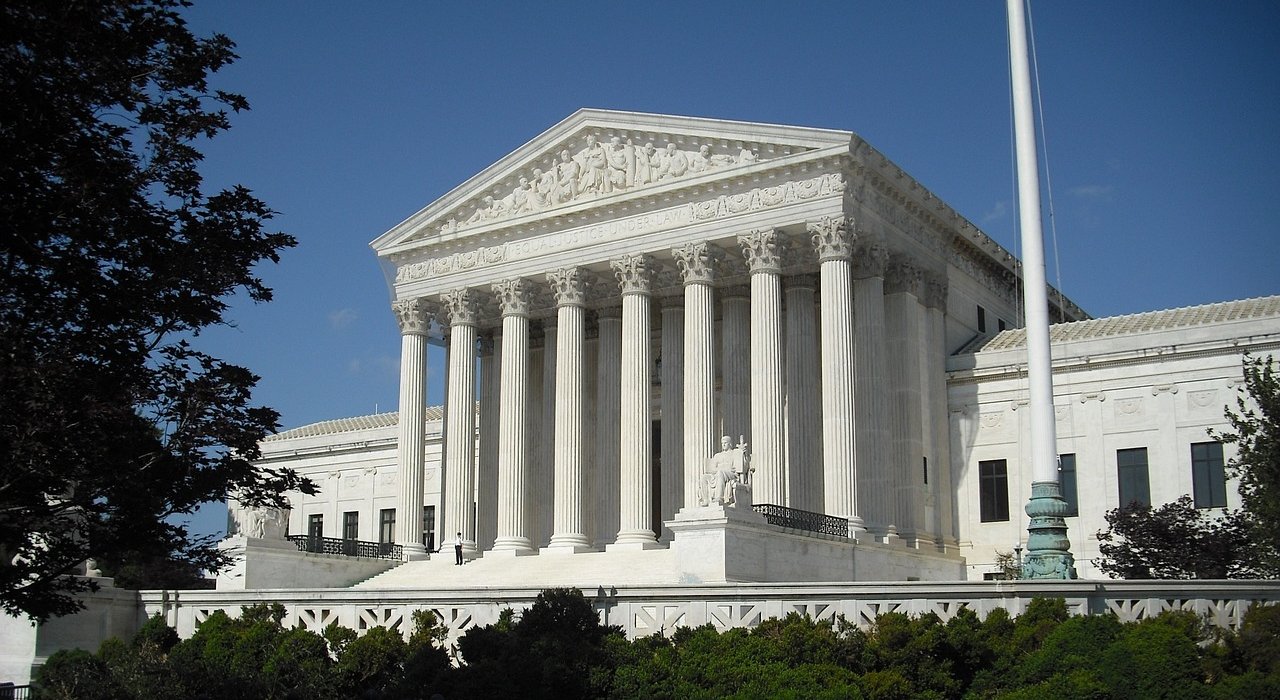In May of 2023 the U.S. Supreme Court in Amgen v. Sanofi unanimously found that claims drawn to any antibody that could 1) bind to at least two specified residues of a certain protein and 2) block the binding of the protein to a certain receptor by at least 80% were invalid for lack of enablement. In doing so, the court found patentee’s 26 specific examples and two disclosed methods for finding other examples insufficient to enable “an entire class of things defined by their function.” In Amgen the Supreme Court made it clear that claiming everything – an entire class – by only its function is not allowed unless the specification also discloses “some general quality . . . running through” the class that gives it “a peculiar fitness for the particular purpose.” The court also made it clear that only when this “general quality” is present may the specification then call for a reasonable amount of experimentation to make and use a patented invention.
The U.S. Patent and Trademark Office (USPTO) has recently issued Guidelines for assessing enablement in view of Amgen, setting forth the USPTO’s position. These Guidelines make it clear that the USPTO understands that the ruling in Amgen:
1) applies to all technologies and all types of claims, and
2) confirms that USPTO personnel should continue to use the several “factors” established in In re Wands, 858 F.2d 731, 737 (Fed. Cir. 1988) when assessing enablement – i.e., when assessing whether only a “reasonable” amount of experimentation (Amgen, Supreme Court) or “undue amount” of experimentation (Wands, Federal Circuit) would be required to practice the full scope of the claims.
As a reminder, the Wands factors include, but are not limited to: (A) the breadth of the claims, (B) the nature of the invention, (C) the state of the prior art, (D) the level of one of ordinary skill, (E) the level of predictability in the art, (F) the amount of direction provided by the inventor, (G) the existence of working examples, and (H) the quantity of experimentation needed to make and use the invention based on the content of the disclosure.
In one sense, the USPTO has essentially said, regarding Amgen, that “there is nothing to see here.” On the other hand, however, Amgen can be seen as effectively putting an end to functional claiming in the absence of what will likely be claim-narrowing specification disclosure of “some general quality . . . running through” the functionally claimed class that gives it its “peculiar fitness for the particular purpose.” Thus, Amgen can be viewed as a “reigning in” of a claiming strategy typically used in the early and quickly developing stages of a new technology, when prior art is often unavailable to provide a moderating effect on claim scope.



